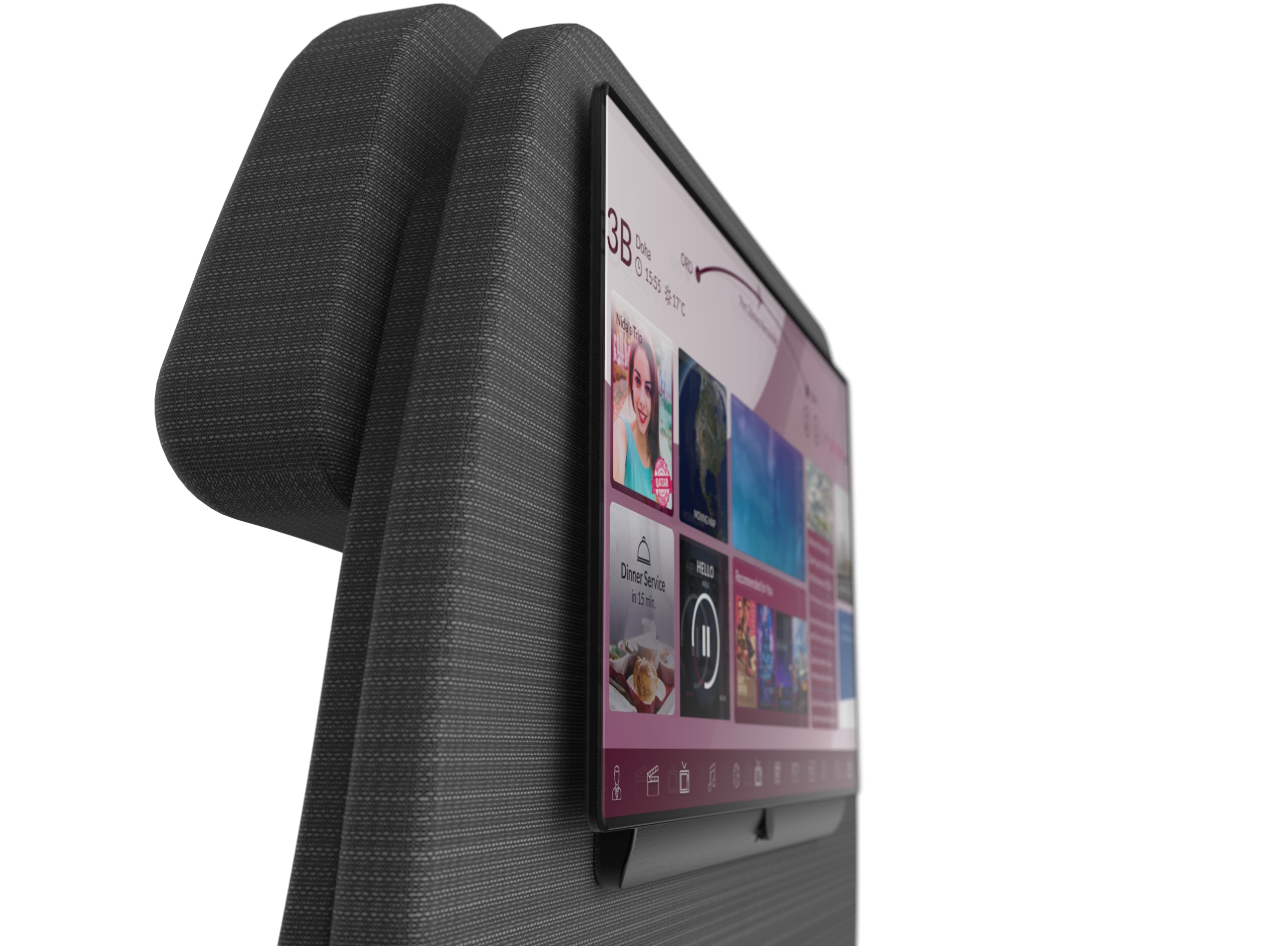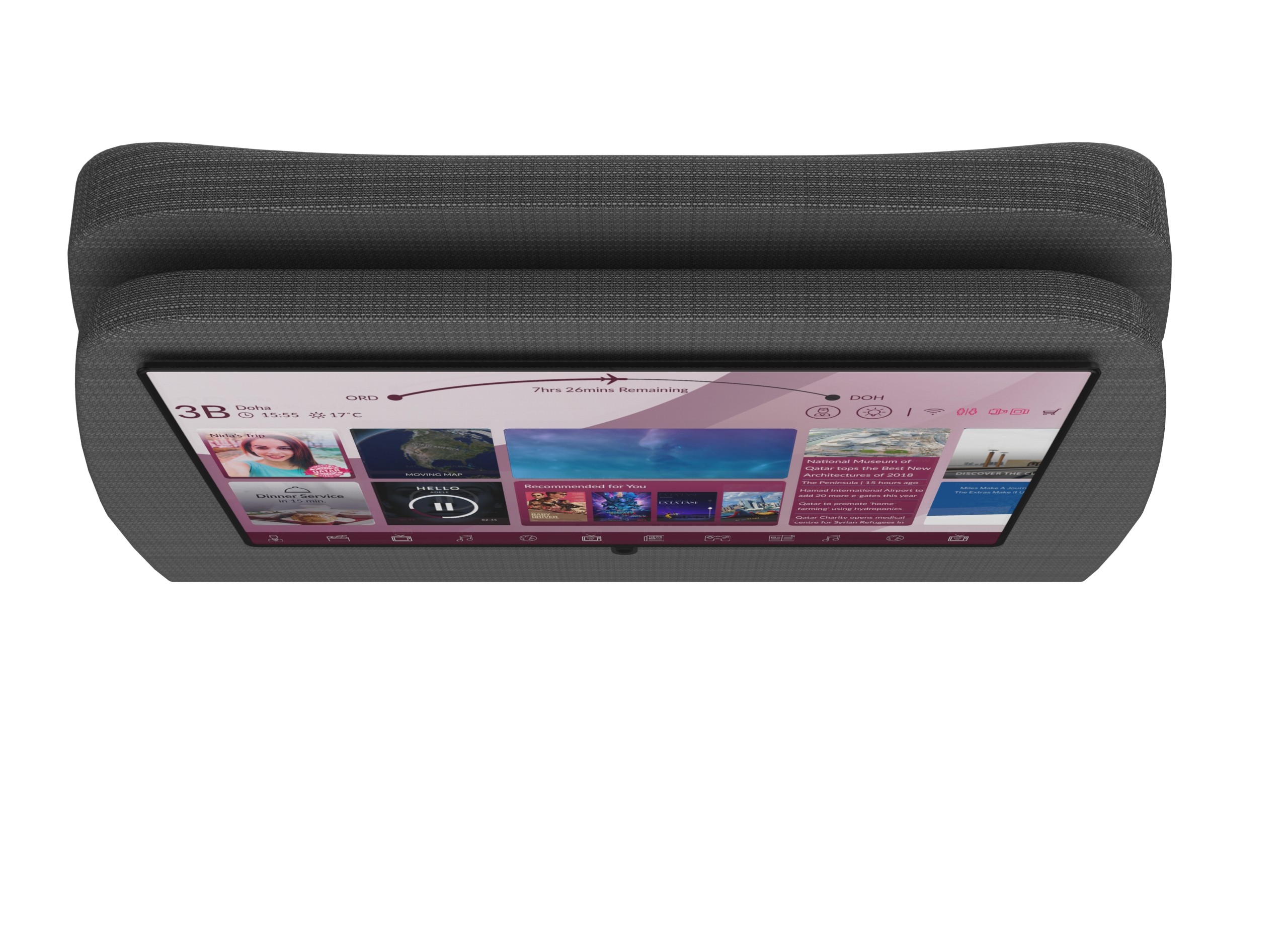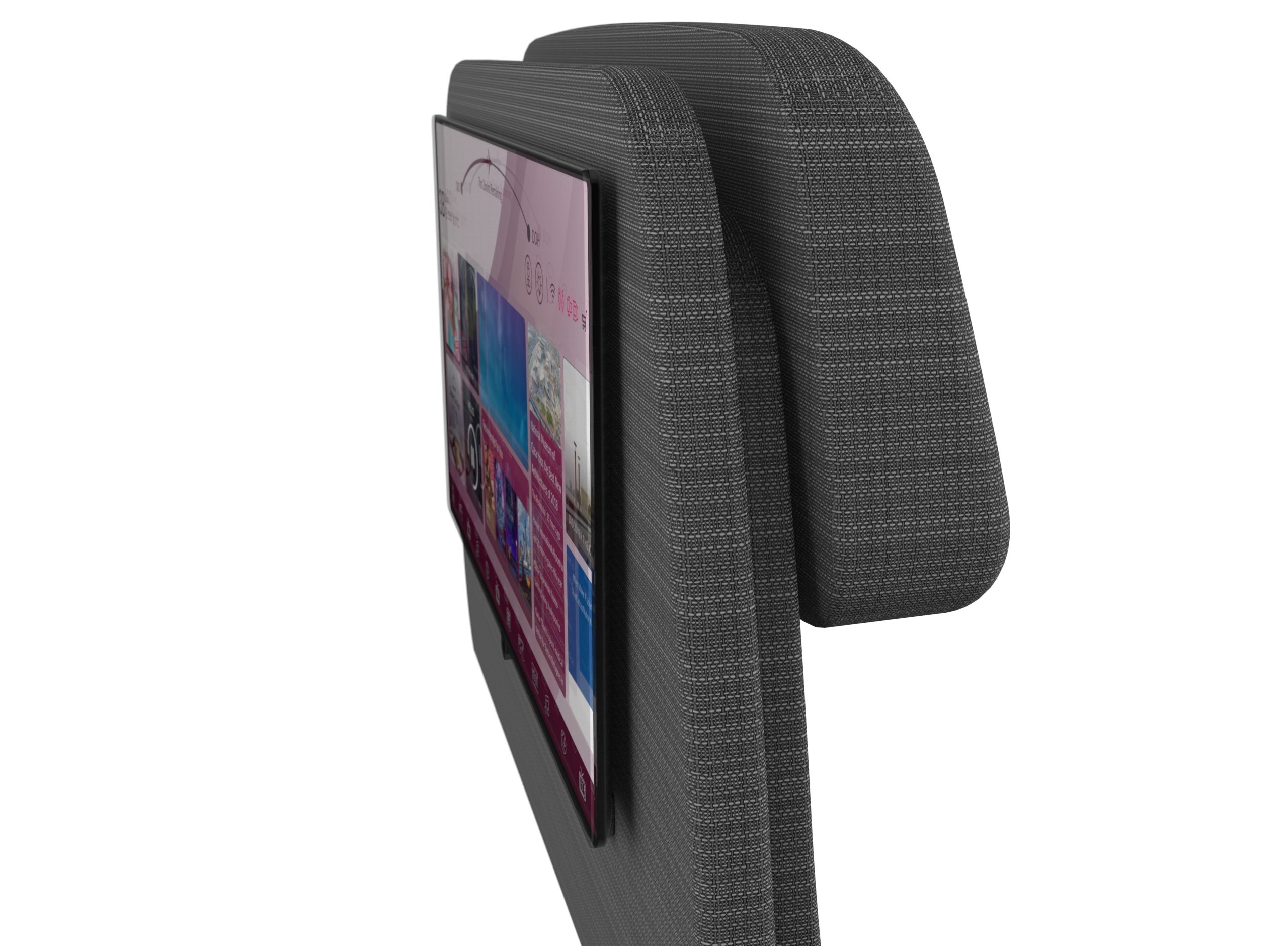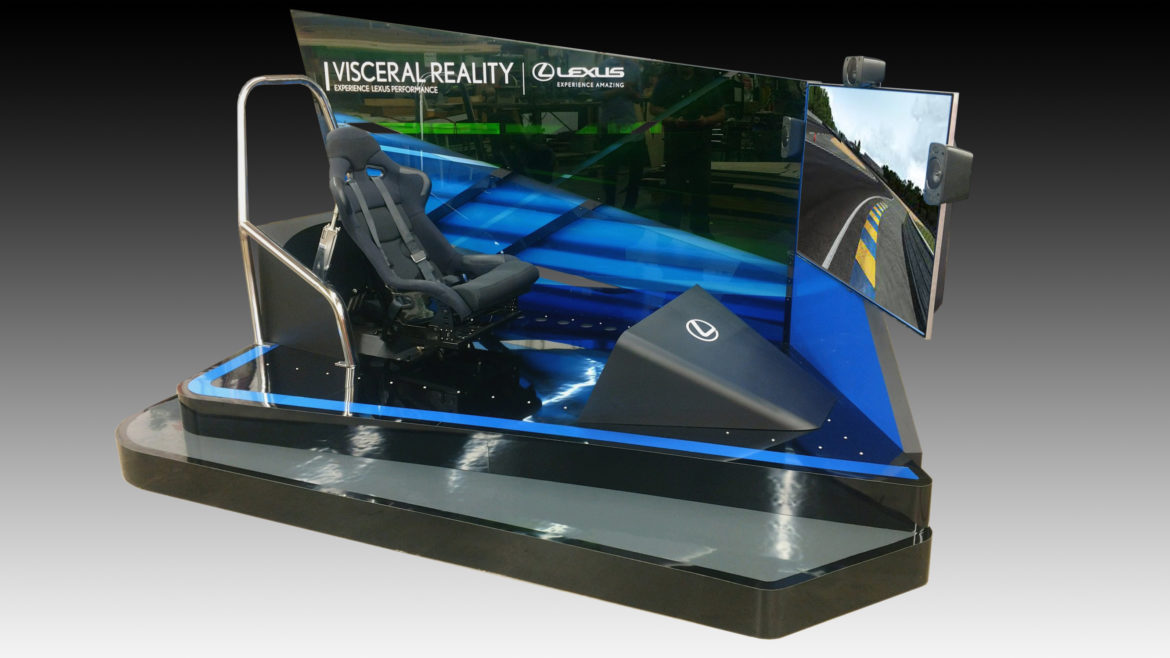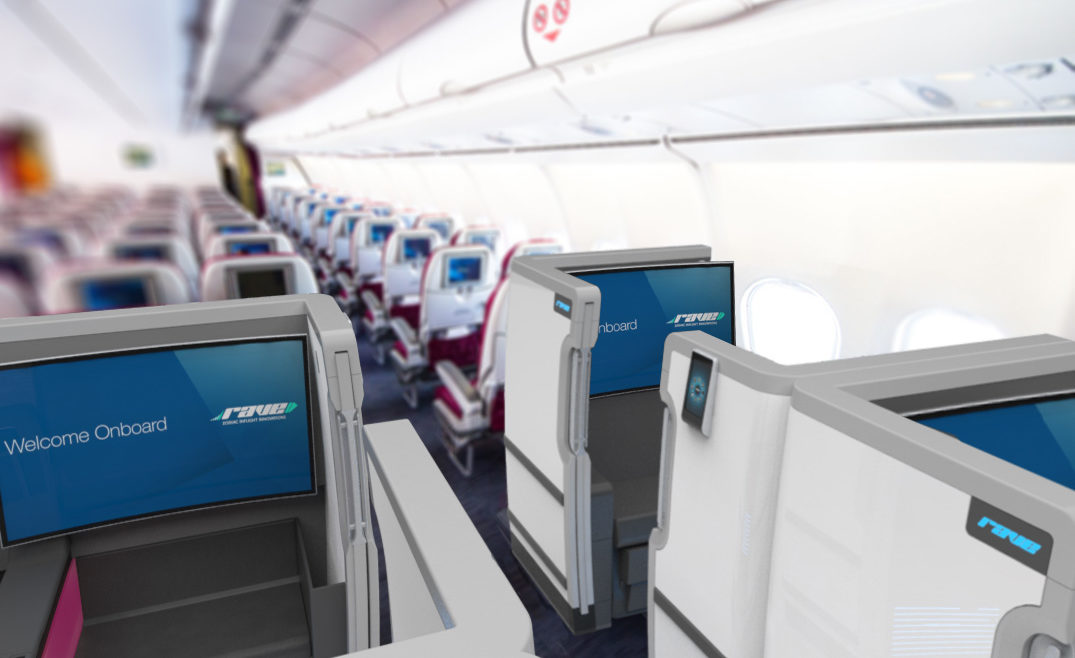RAVE Wows with New Screens and Cloud Storage Upgrade
https://linespace.com/wp-content/themes/osmosis/images/empty/thumbnail.jpg 150 150 Max Beach Max Beach https://secure.gravatar.com/avatar/0ebf068397cd446792667025f6ebbbc2a44f82a687636a5af16fdad7acce1f13?s=96&d=mm&r=gOriginally published on runwaygirlnetwork.com on July 23, 2018.
As Zodiac Inflight Innovations’ RAVE on-demand inflight entertainment system has made its way on board with smaller operators and renovated subfleets of larger carriers, the system has largely performed well, with positive reviews from airlines and passengers alike.
Yet the next generation of the product — both in hardware and software — seem set to be a step change in how the IFE looks, feels and is delivered. A new generation of thin, elegant screens named RAVE Ultra features a modern design with solid-state drives, and Bluetooth audio, while a backwards-compatible upgrade will create RAVE cloud, opening up terabytes of storage for thousands of hours of content.
Zii demonstrated its new system to Runway Girl Network earlier in the year at the Aircraft Interiors Expo, where the design factor of the RAVE Ultra hardware was matched only by the promise of the cloud software. The new screens’ futuristic design and clean profile are markedly beyond the industrial design with which passengers are presently familiar.
RAVE Ultra, explains Zodiac Inflight Innovations EVP and Chief Commercial Officer Larry Girard, “will utilise a capacitive in-cell touchscreen capable of supporting multi-touch gestures, providing a comparable experience to the passengers’ own mobile phones, with a display that delivers brilliant 4K resolution. Through the use of optical bonding in the production process, all of this will come in a package that is about 0.3″ thick and a third of the weight and power of current generation displays.”
Zii is planning four sizes for RAVE Ultra: 27”, 17.3”, 15.6”, and 13.3”. Each supports variable bit rate playback of modern compression standards, including H.265 HEVC [High Efficiency Video Coding], which the company suggests more than halves the size of files required for high-definition video, including “ultra-HD” 4K.
Read the full article here.



